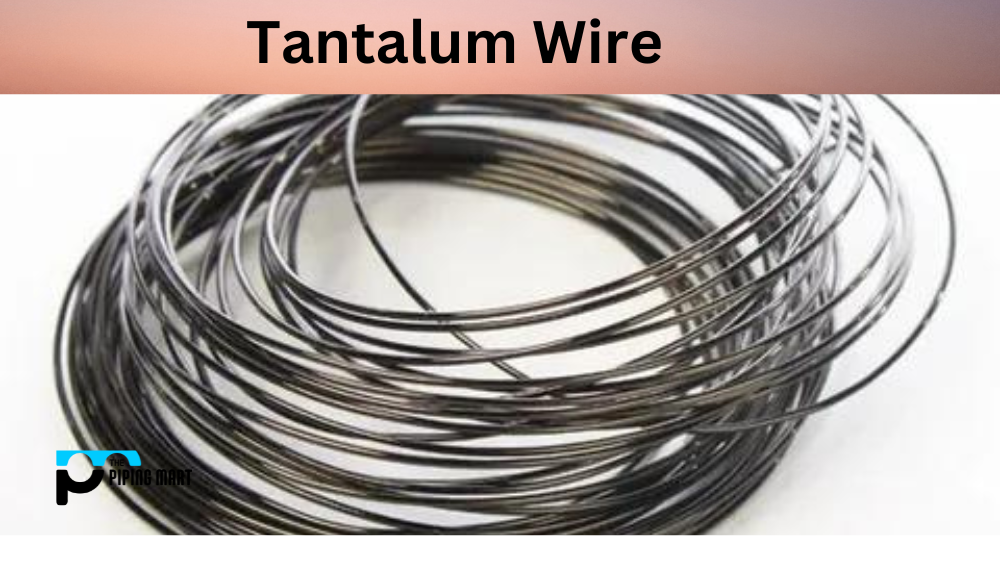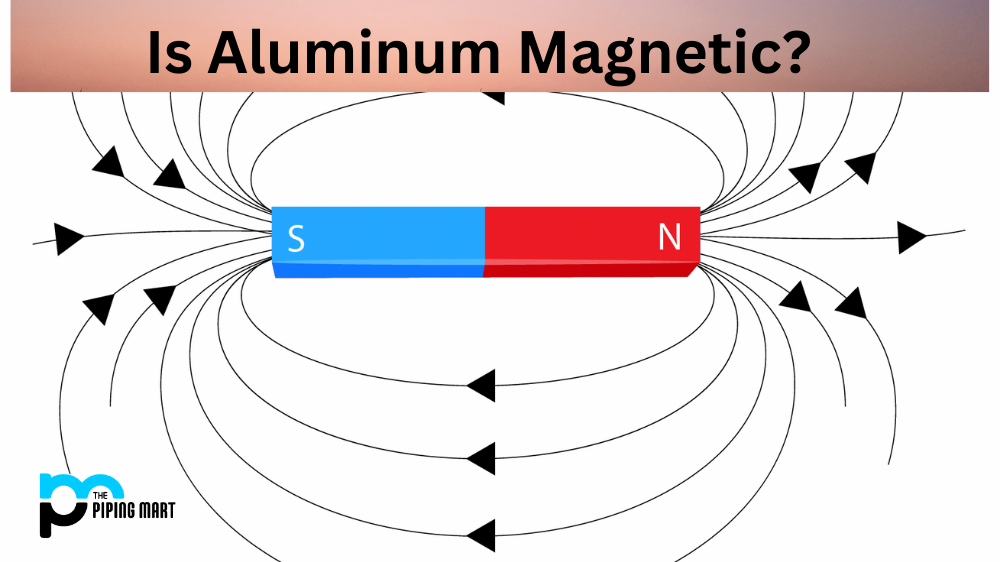Choosing the right material for your manufacturing needs can be challenging, especially when deciding between two similar options, 1144 steel and 12L14. Both types of steel have high machinability, but the differences in their composition and properties can affect the final product’s performance. In this blog post, we will dive into what makes 1144 steel and 12L14 unique, the pros and cons of each material, and why you might choose one over the other.
Difference Between 1144 Steel and 12L14
Composition and Properties
1144 steel is a carbon and manganese alloy containing sulfur and phosphorous to improve its machinability. This steel has a higher tensile strength and yield strength than 12L14, making it a better option for applications requiring high wear resistance and durability. On the other hand, 12L14 is leaded steel that contains lead, sulfur, and phosphorous to improve its machinability. This steel has a lower tensile and yield strength than 1144 steel, making it a popular option for applications requiring easy machining and low cost.
Machinability
1144 steel and 12L14 are known for their high machinability, making them easy to cut, drill, and shape. However, 12L14 has superior machinability due to its lead content, a lubricant that reduces friction and heat buildup during machining operations. This results in longer tool life and increased productivity. If your manufacturing needs require complex shapes or intricate designs, 12L14 may be the better option.
Weldability
While 1144 steel is a weldable material, it requires preheating and post-weld heat treatment to avoid cracking or deformation during welding. 12L14, on the other hand, is not a weldable material due to its lead content, which vaporizes during welding and creates porosity in the weld. If welding is crucial to manufacturing, 1144 steel may be the better option.
Cost
The cost of raw materials can significantly impact your manufacturing operations, where 12L14 has an advantage. Due to its lower alloy content and ease of machining, 12L14 is a more cost-effective option than 1144 steel. This makes it a popular choice for applications that require low manufacturing costs, such as fittings, bushings, and connectors.
Conclusion
Choosing between 1144 steel and 12L14 ultimately depends on your manufacturing needs and priorities. If you require high strength and durability and can accommodate the preheating and post-weld heat treatment process, 1144 steel may be the better choice. If you need a material that is easy to machine, has superior machinability, and is cost-effective, 12L14 may be the better option. Always consult a trusted supplier or manufacturer and consider the application requirements to make an informed decision.

A passionate metal industry expert and blogger. With over 5 years of experience in the field, Palak brings a wealth of knowledge and insight to her writing. Whether discussing the latest trends in the metal industry or sharing tips, she is dedicated to helping others succeed in the metal industry.




